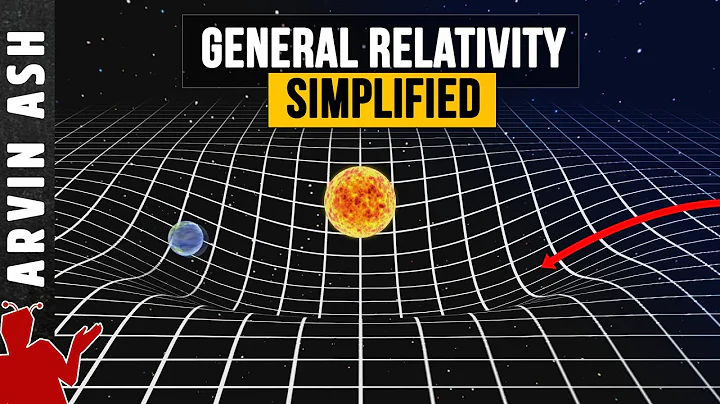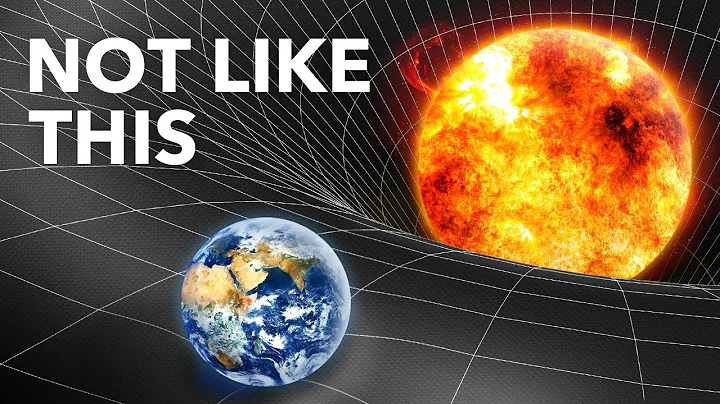
China conducts solar sail test
The so-called "space sail", also called "solar sail" or " light sail", is a giant thin film lens that uses solar radiation pressure as propulsion force. It is said that it is only as thick as a hair. One-tenth, we can understand it as the sail of the Age of Discovery. The difference is that the radiation pressure of sunlight is very small and requires a long acceleration process. The advantage is that as long as there is sunlight or other star light, it can travel, so the spacecraft or rocket using solar sails can theoretically travel for a long time. interstellar travel.

Some people think that Oumuamua has adopted light sail technology
. The solar sail with a length of two inches and a payload compartment is at the leading level in the world in terms of area and expansion ratio. However, the test we conducted this time was not for interstellar travel, but for "space debris mitigation", because in addition to feeling the radiation pressure of sunlight, the solar sail can also increase the thin air resistance of low-Earth orbit. This slows down the rocket orbital stage, shortens the time it takes to stay in orbit, and frees up valuable orbital resources. According to statistics, for a general launch of a low-Earth orbit stage, the upper stage of the rocket will remain in orbit for five or six years. After being equipped with a solar sail, it is said that the final stage of the rocket can re-enter the atmosphere within two years, thus reducing space debris.

A light sail with a two-inch load bay
Of course, this is not the first time we have tested a solar sail. As early as August 31, 2019, my country successfully launched the "Skysail-1" using the "Kuaizhou-1" carrier rocket. "" solar sail technology demonstration aircraft, and conducted verification tests in December of the same year. However, "Tianfan-1" is not directly installed on the rocket load bay, but is combined with the "Xiaoxiang-1" 07 satellite of the private commercial aerospace company Tianyi Research Institute , and successfully verified the longevity of the mechanism in orbit. , material properties and orbital height, etc. It also verified its deorbiting capability and explored its potential application in space debris mitigation.

Skysail-1 on the Xiaoxiang-107 star

Skysail-1 deployment process
And this time, the success of the in-orbit deployment mission of the "solar sail" of the Changer Dingyao 64 rocket load bay marks the success of this mission The technology is entering the mature engineering application stage, which means that in the future, my country's launch vehicle can be equipped with "solar sails" on the upper stage as needed. Although the "solar sail" is light, it still needs to sacrifice a certain load capacity. As a responsible aerospace country, we have the responsibility to establish a good atmosphere for the company.

my country's solar sails are deployed on the ground
Internationally, many countries are studying solar sail technology and even carried out actual launches. For example, on May 20, 2010, Japan successfully launched the world's first solar sail-powered The probe "Icarus" weighs 315 kilograms and has a solar sail expansion area of nearly 40 square meters. Although its design life is only half a year, it is said to have survived for more than 12 years and is still working today. It has currently flown past Venus and flown into deep space.

Japanese "Icarus" model
In addition, in 2015, the Planetary Society also successfully launched the "LightSail One" for the first time. On June 25, 2019, they used SpaceX's "Falcon" heavy rocket to launch "LightSail 2" with an unfolded area of 32 square meters was sent into space, and more than a month later, on July 31, it successfully performed an orbit change using the sun's radiation pressure for the first time.

LightSail 2
There are many ways to travel in deep space, such as nuclear fusion rockets, Hall electric thrusters, etc. Compared with them, the solar sail aircraft is more like a sailboat from the great voyage era, entering the universe The space station is full of classical and romanticism colors. Unfortunately, we missed it in the era of great voyages. We must not miss it in the current era of "new voyages". We look forward to the Chinese version of "Voyager 1" that we will launch in a few years. and Voyager 2, which can be equipped with high-thrust Hall electric thrusters and solar sails to conduct edge exploration of the solar system.

The light sail is the same as the Hall electric pusher. Although the thrust is small, it can continue to accelerate





















